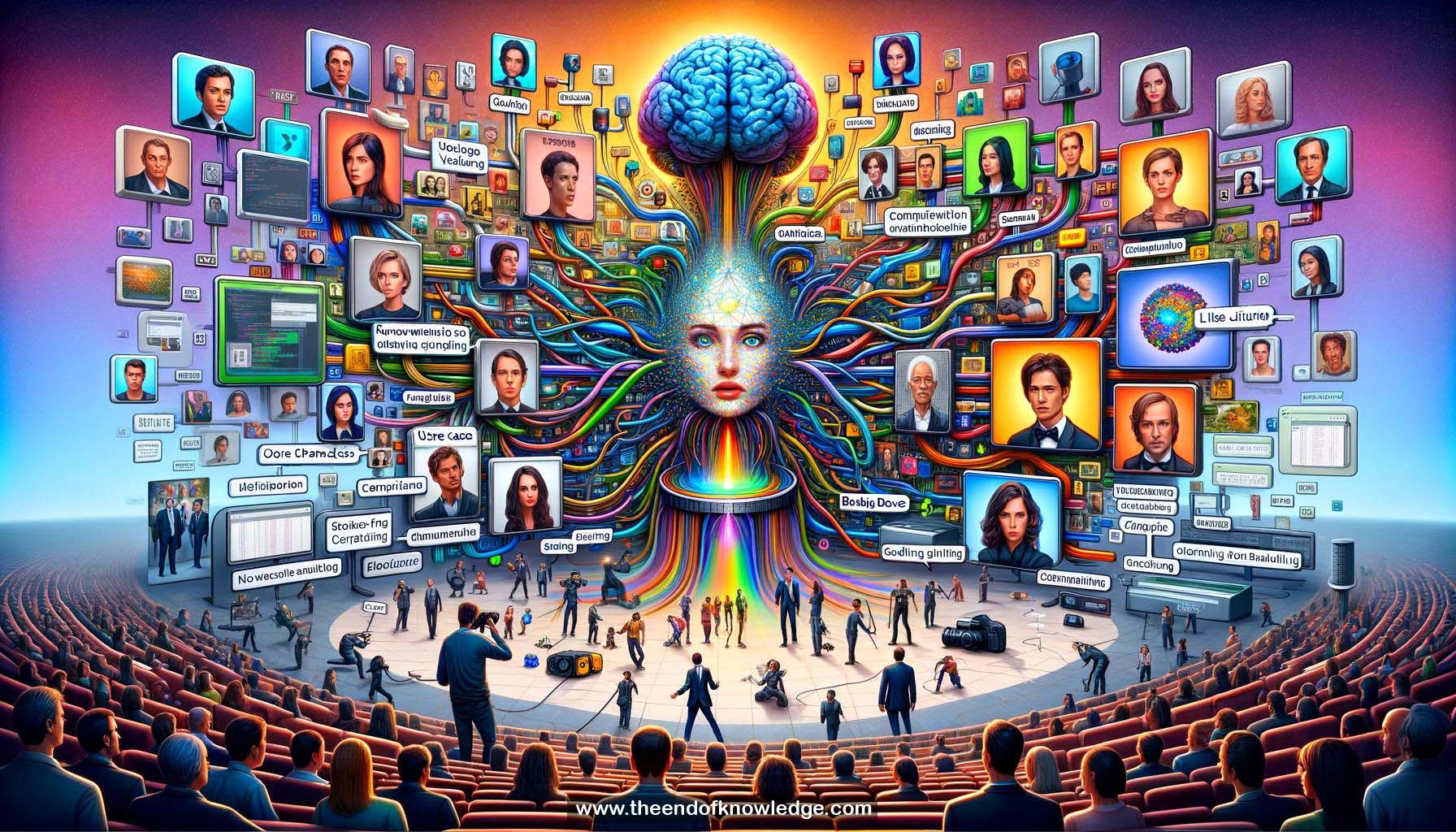 >
>
Concept Graph & Resume using Claude 3 Opus | Chat GPT4o | Llama 3:
Resume:
1.- Visual Programming: A new paradigm for designing computer vision systems using language descriptions to generate programs that solve visual tasks.
2.- Compositional Visual Reasoning: Combining multiple computer vision skills to perform complex tasks, like tagging characters in an image.
3.- End-to-End Models: Large neural networks that consume user inputs and task descriptions to directly output results, but are limited in scope.
4.- Increasing Task Complexity: As users become more creative with visual tasks, end-to-end models will require more skills and parameters.
5.- Program Generation: An alternative approach where a program generator creates a computer program based on the task description.
6.- Specialized Computer Vision Models: Visual Programming leverages existing, specialized models as building blocks for generated programs.
7.- Modifying Programs: Users can modify generated programs to adapt to new tasks, invoking different sets of skills.
8.- Automatic Program Generation: The goal is to automatically generate programs using task descriptions provided by users.
9.- Visprog: A specific implementation of Visual Programming using GPT-3 and in-context learning to generate Python programs.
10.- Visprog Modules: The heart of Visprog, consisting of various computer vision models, image processing routines, and arithmetic/logical operations.
11.- Program Interpretation and Debugging: Visprog programs are easy to interpret and debug, with each step invoking a Visprog module.
12.- Language Model Limitations: Large language models alone cannot generate useful programs without understanding the user's intent and available modules.
13.- In-Context Examples: Providing examples of tasks, accepted programs, and available modules enables language models to generate useful programs.
14.- Visual Rationale: Visprog provides a visual rationale by stitching together the input and output of each execution step.
15.- Interpreting and Intervening: Users can interpret, debug, diagnose, and intervene within the visual reasoning process using the visual rationale.
Knowledge Vault built byDavid Vivancos 2024